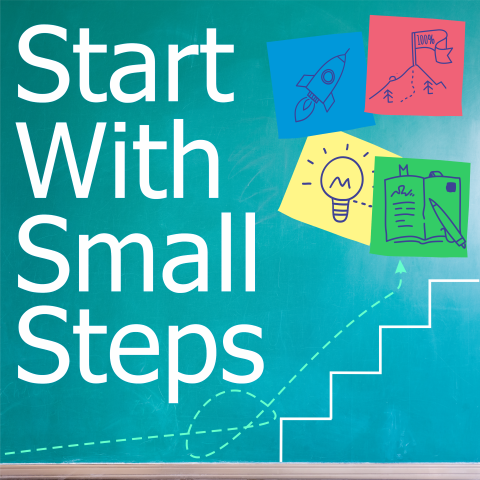The Two Buckets: A Simple Strategy for Solving Life’s Problems
Introduction: A Life-Changing Perspective
Life is full of challenges—some we can tackle head-on, and others remain frustratingly out of our control. What if there was a simple way to categorize every problem you face so you could focus on what truly matters?
That’s exactly what I learned as a teenager, thanks to a powerful lesson from the Serenity Prayer:
“God, grant me the serenity to accept the things I cannot change,
The courage to change the things I can,
And the wisdom to know the difference.”
This mindset transformed how I approached difficulties, allowing me to divide life’s problems into two buckets: things I can change and things I cannot. The impact of this simple shift has been profound, reducing stress and making problem-solving more effective.
In this article, we’ll explore the origins of this philosophy, how it has helped me in real-life situations, and how you can apply it to your own challenges.
The Ancient Wisdom Behind the Two Buckets Approach
While I first learned the Serenity Prayer in my youth, I later discovered that its wisdom dates back centuries. Many great thinkers throughout history have shared similar insights about focusing on what we can control.
- Epictetus (Greek philosopher, 1st century AD): “Make the best use of what is in your power and take the rest as it happens. Some things are up to us, and some things are not up to us.”
- Solomon ibn Gabirol (11th-century philosopher): “At the head of all understanding is realizing what is and what cannot be, and consoling what is not in our power to change.”
- Indian Buddhist Shantideva (8th century): “If there is a remedy when trouble strikes, what is the reason for dejection? If there is no help for it, then what use is it being glum?”
These perspectives reinforce the same truth: We waste time and energy when we focus on things outside of our control. But when we shift our focus to things we can change, we empower ourselves to make a real difference.
How This Strategy Has Helped Me in Life
1. Growing Up with an Alcoholic Parent
I grew up with an alcoholic father, which meant dealing with unpredictability and stress from a young age. I desperately wanted to change him, to get him to stop drinking, but no amount of pleading could make that happen.
Once I embraced the Two Buckets approach, I realized: I couldn’t change my father’s addiction, but I could change how I coped with it.
I threw myself into clubs, activities, and friendships—building a life that wasn’t centered around his struggles. This shift in focus helped me survive an environment that otherwise could have been overwhelming.
2. Politics & World Events: Knowing When to Step Away
Many people spend hours stressing over politics, the economy, or global crises. While these issues are important, obsessing over things we cannot personally control leads to burnout and frustration.
Instead of getting caught up in endless online debates, I focus on what I can do:
✔️ Vote
✔️ Donate to causes I care about
✔️ Volunteer or advocate for change
By putting my energy into real action rather than constant worry, I avoid unnecessary stress while still making a difference.
3. Financial Planning & Social Security Worries
Like many people, I’ve worried about whether Social Security will be around when I retire. But instead of spiraling into fear, I asked myself:
📌 Can I personally fix the Social Security system? → No.
📌 Can I take steps to protect my financial future? → Yes.
That meant increasing my savings, investing wisely, and planning for retirement in ways I could control. The worry never fully disappears, but shifting my focus to action makes me feel prepared rather than helpless.
4. Weight Loss: When I Realized I Could Change Something
For years, I struggled with weight loss. No matter how hard I tried, nothing seemed to work. Eventually, I mentally placed weight loss in the “things I cannot change” bucket—believing my body just wasn’t capable of transformation.
But one day, I spoke with my doctor, who helped me see that I had more control than I thought. With the right medical guidance and adjustments, I finally found a path that worked for me.
Lesson learned: Sometimes, what we think is unchangeable is actually something we just haven’t found the right approach for yet.
The Power of Re-Evaluating Your Buckets
While separating problems into “can change” and “cannot change” is a helpful first step, it’s important to re-evaluate your buckets over time.
Ask yourself:
- Have I truly exhausted all possible solutions for this problem?
- Am I looking at it from the right perspective?
- Have I sought outside advice or expertise?
For example, companies have used creative thinking to solve seemingly impossible problems. A famous case involved slow-moving elevators in Chicago office buildings. Instead of replacing the expensive machinery, the company installed mirrors in the elevators. Suddenly, people were distracted by checking their appearance, and complaints about slow elevators disappeared!
This proves that sometimes, the problem isn’t the problem—the way we look at it is.
Applying the Two Buckets Strategy in Your Life
Here’s how you can start using this simple but powerful approach:
✔️ Step 1: When faced with a problem, ask yourself, Can I change this?
✔️ Step 2: If yes → Focus on solutions and take action.
✔️ Step 3: If no → Let it go and redirect your energy to things you can control.
✔️ Step 4: Periodically review your buckets—something you thought was unchangeable might actually be solvable with new information or a different approach.
Final Thoughts: A Challenge for You
Think about a problem in your life that’s been weighing on you. Which bucket does it belong in?
- If it’s something you can’t change, give yourself permission to stop stressing over it. Let it go.
- If it’s something you can change, take one small step today toward making that change happen.
By embracing this mindset, you’ll reduce stress, increase productivity, and gain a sense of control over your life. The Two Buckets approach has guided me for years, and I hope it helps you, too.
What’s in your buckets? Let me know in the comments or email me at [email protected]!

